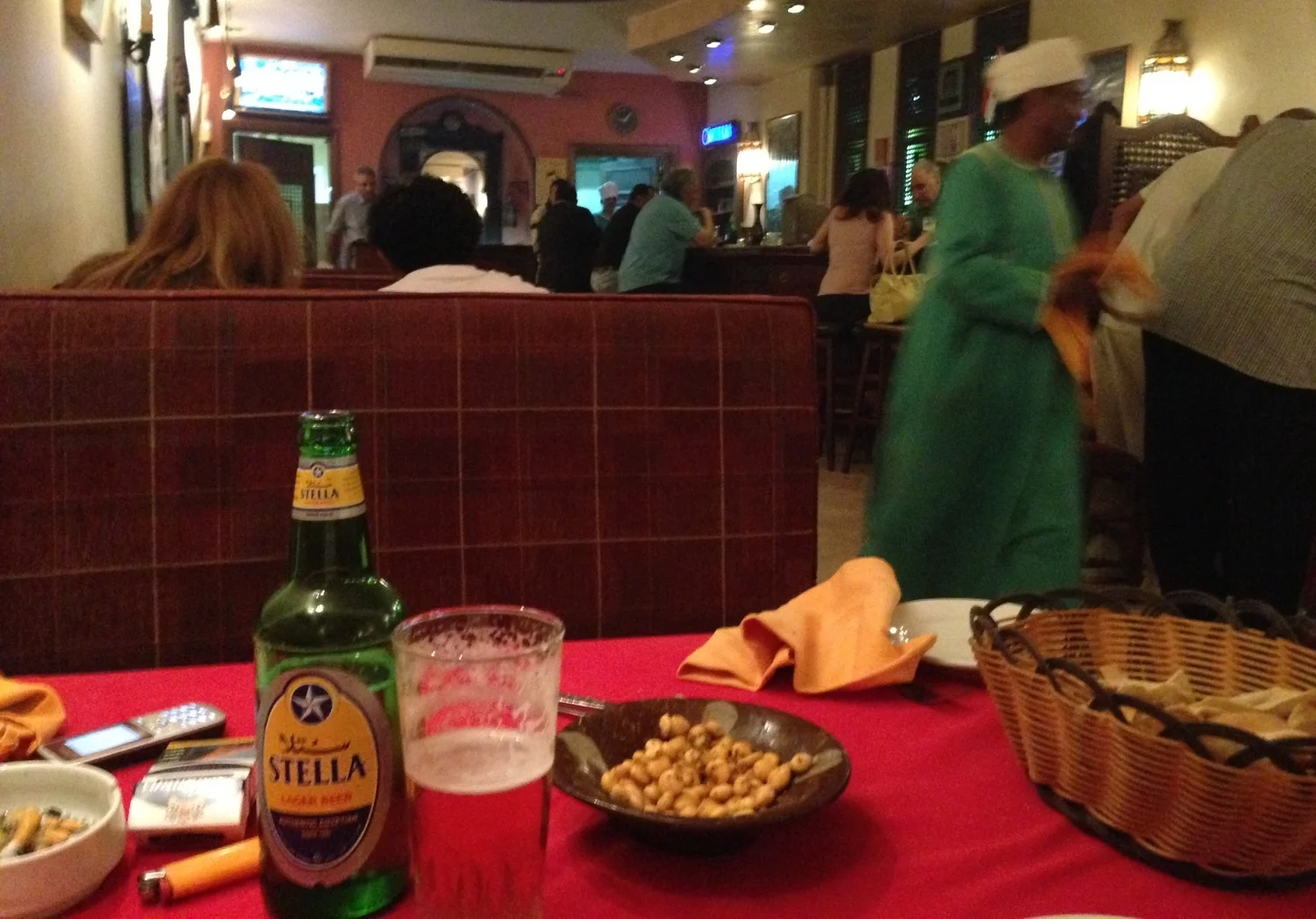We went to visit our friend who was participating in the summer program for foreigners at Aida camp in Bethlehem. We were surprised that it took only ten minutes from the center of Jerusalem to get to the checkpoint at Rachel’s Tomb. There we started to take pictures. We walked through the spotless new terminal and thought of our tax dollars. On the Bethlehem side, we took pictures of a huge sign that the Israeli Board of Tourism had put up on the wall.
It said “Go in Peace” in Hebrew, English and Arabic. The taxi drivers wanted to give us tours of the Church of Nativity and Shepherds’ Field, and would not take no for an answer. Finally they relented and told us how to get to Aida camp on foot. They told us to follow the wall around as best we could, and they were right. It was not far at all, though the blazing summer heat wilted us as we walked.
We reached the camp and soon found our friend who was at the community center. The director invited us in. In his cool, airy office, we drank coffee and talked about the center for a while. When we’d finally shrugged off the heat of our walk, Raji offered to give us a tour and show us how the wall has affected their community. The camp had been opened around 1950, the third in the Bethlehem area that took in refugees, both those who had fled in 1948 and those who had subsequently been expelled. When his family fled their village in the western part of the Hebron district, they had followed the rest of the family to Bethlehem. When they heard about the UN Camps opening up around Bethlehem, they went first to Daheisha, but all the tents there were taken. Then they went to al-‘Azza camp, but again were turned away. For months, they rented a cave in Beit Suhour, walking miles each morning to fetch water. The men worked in the fields nearby; the women sold vegetables in the market. (Read More)
